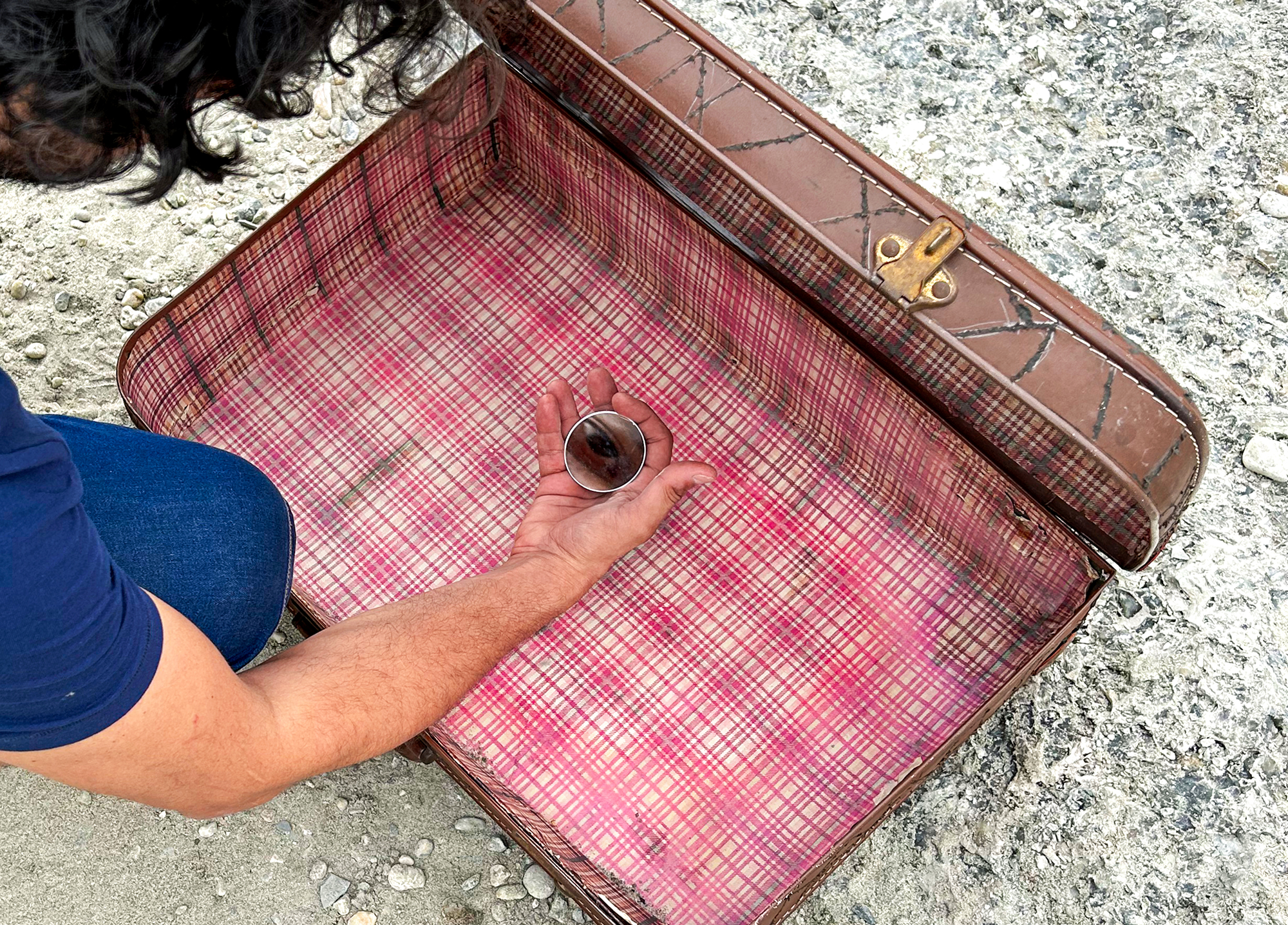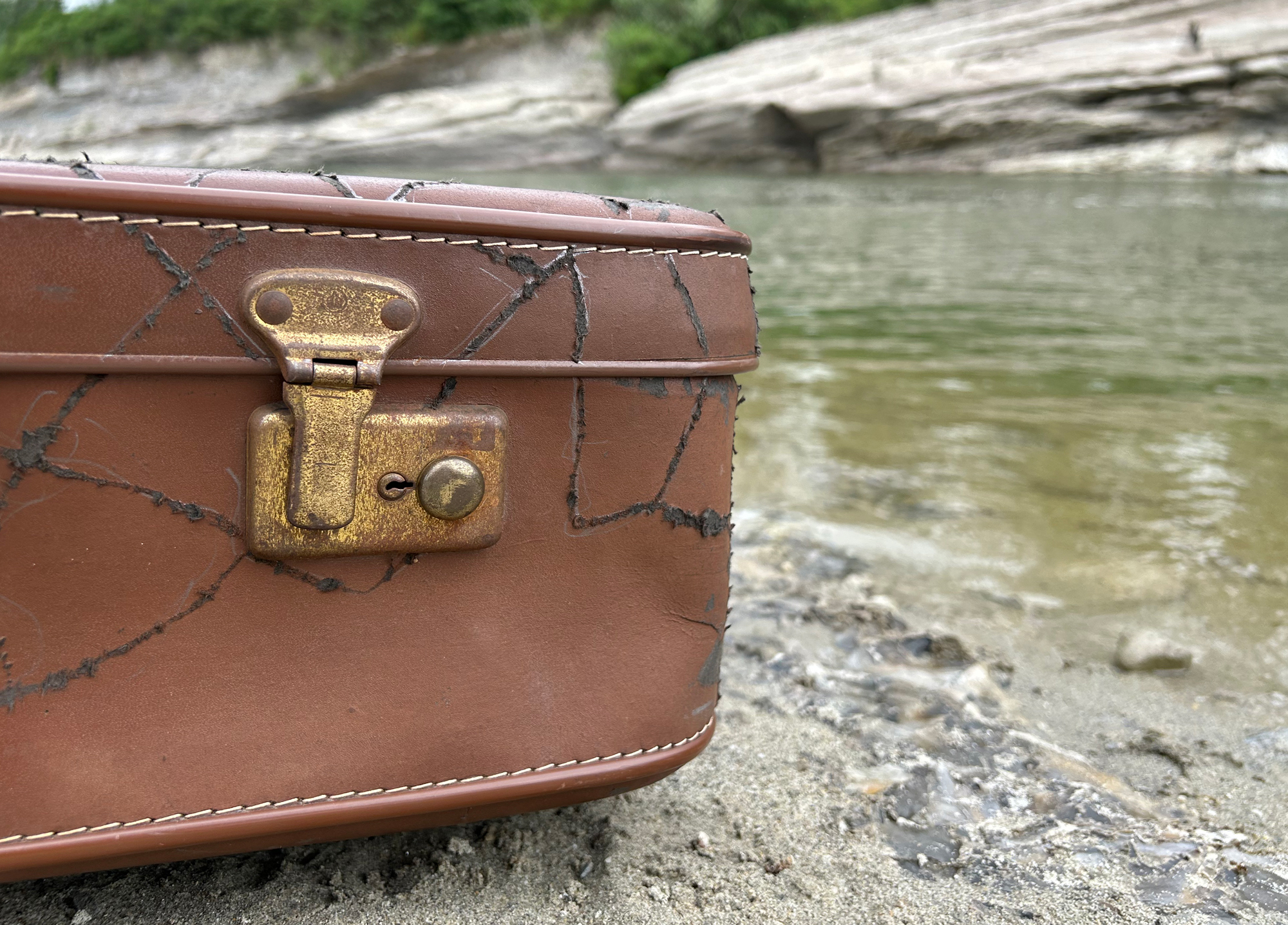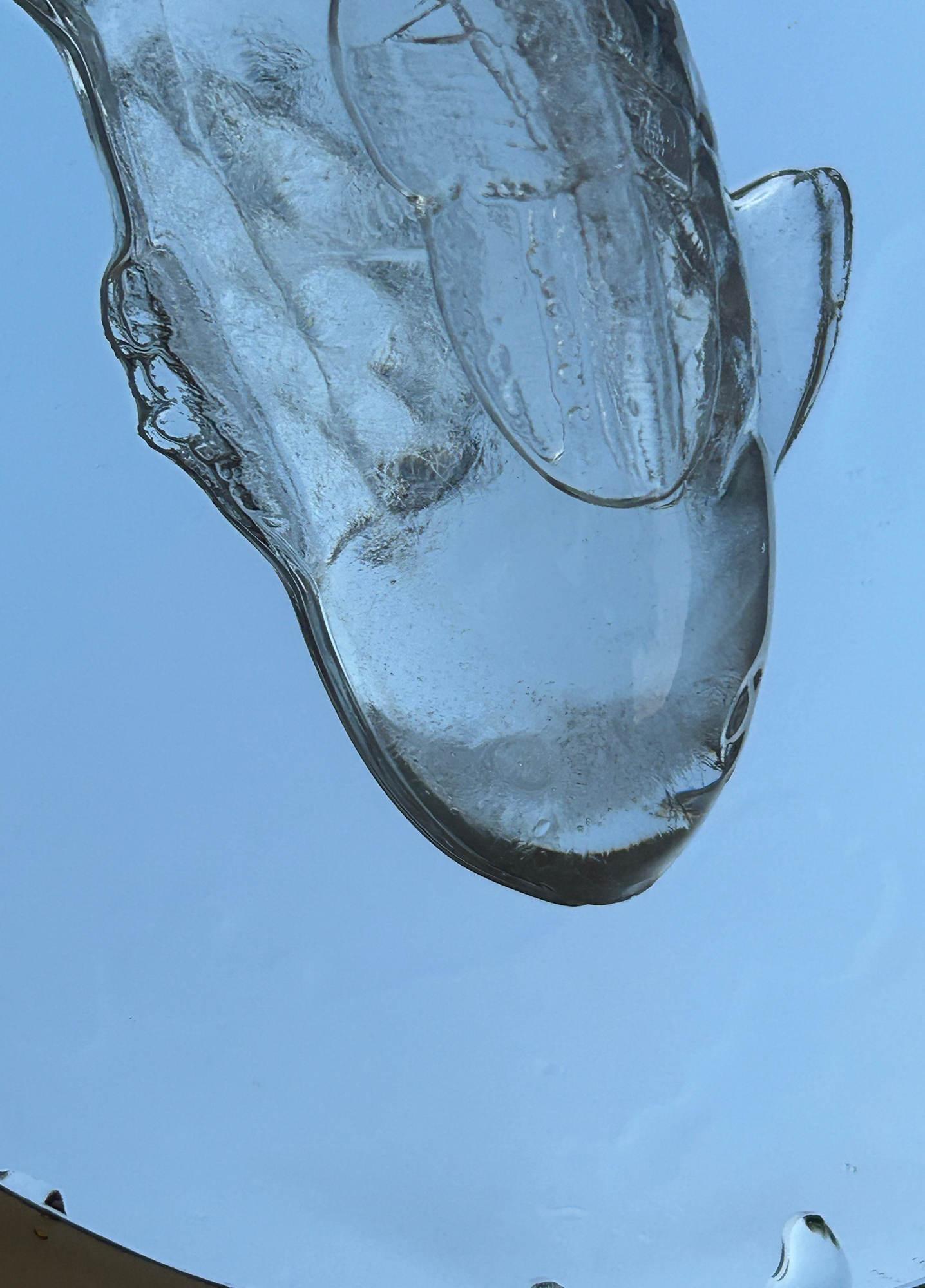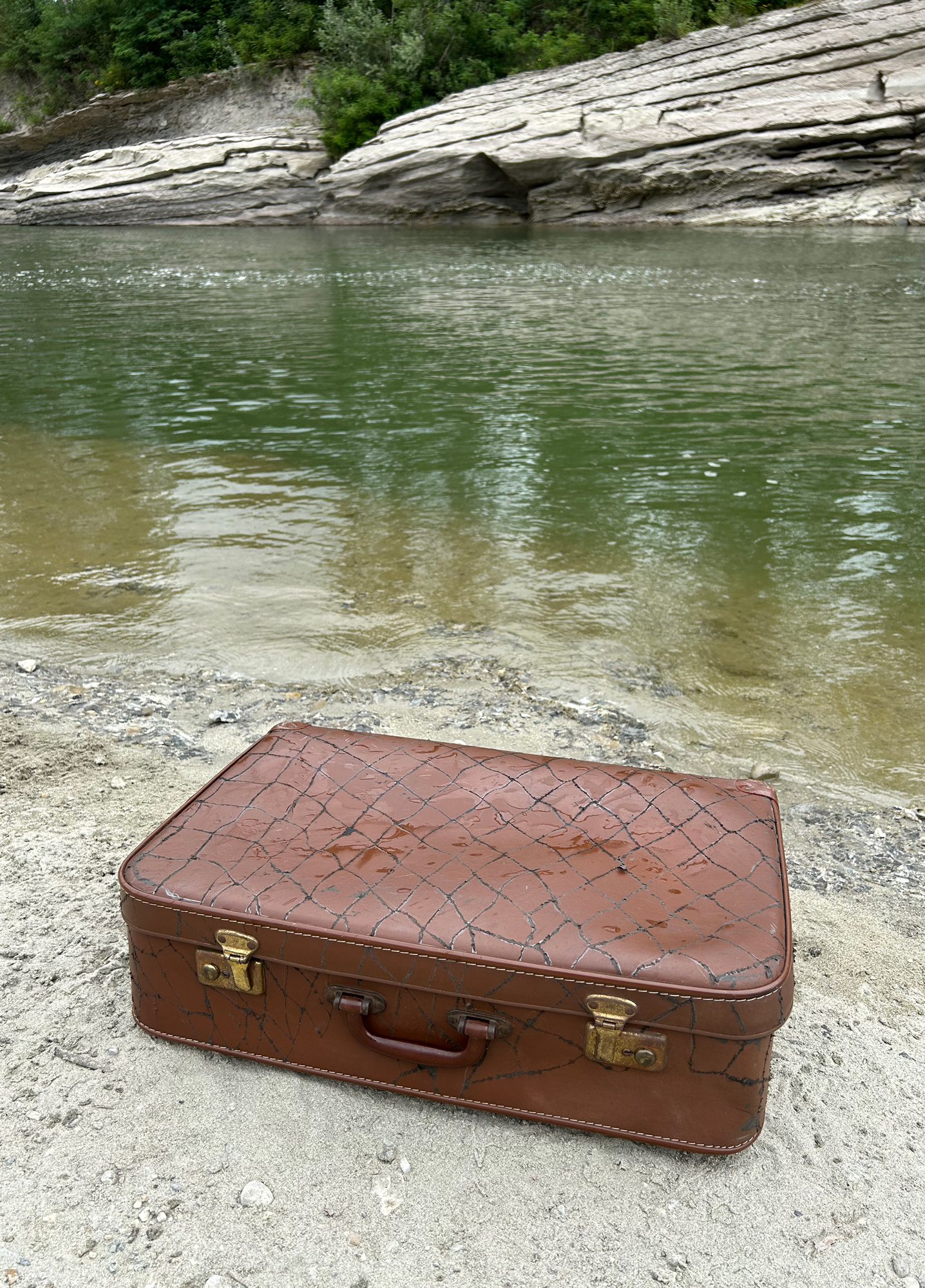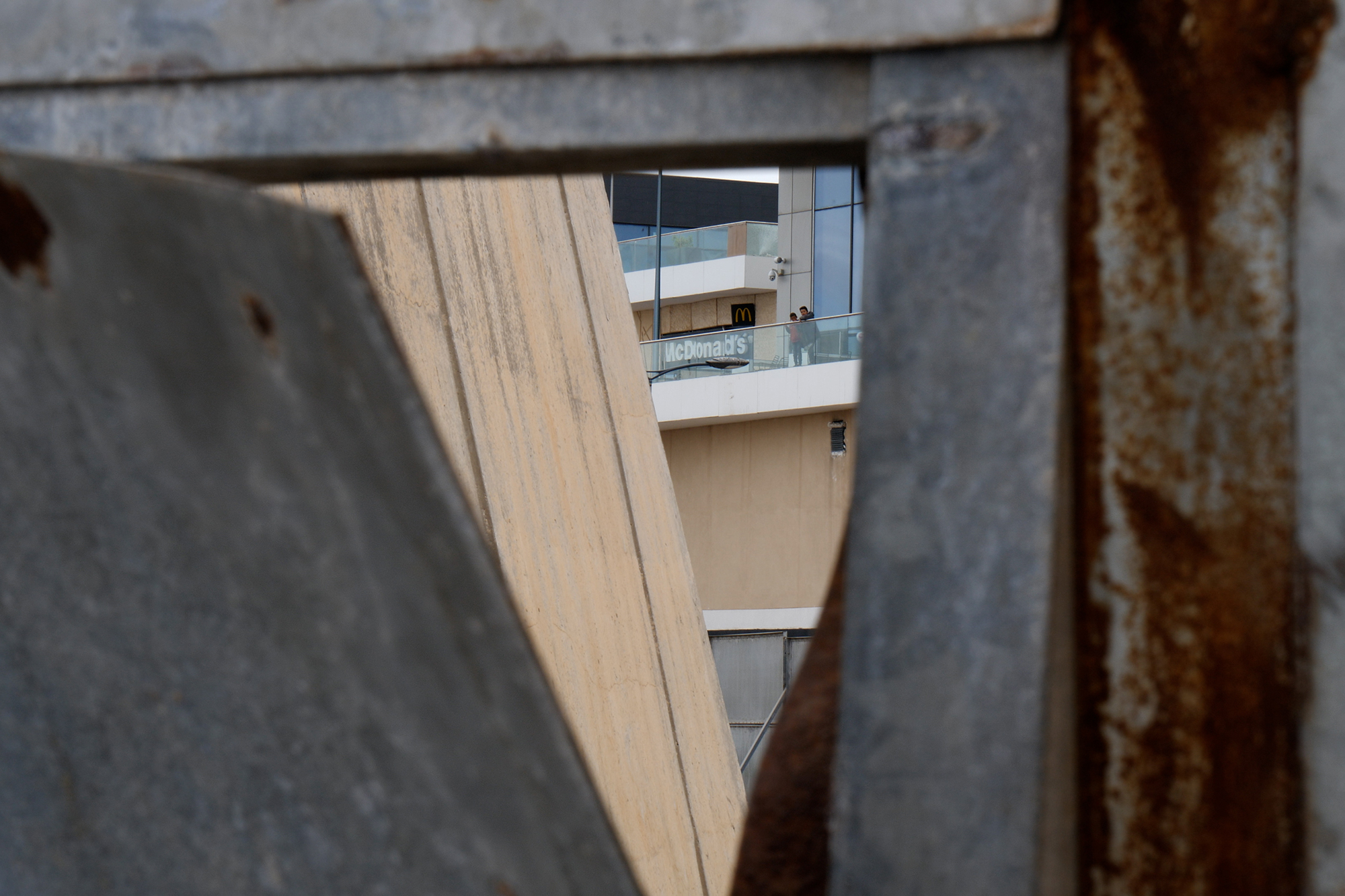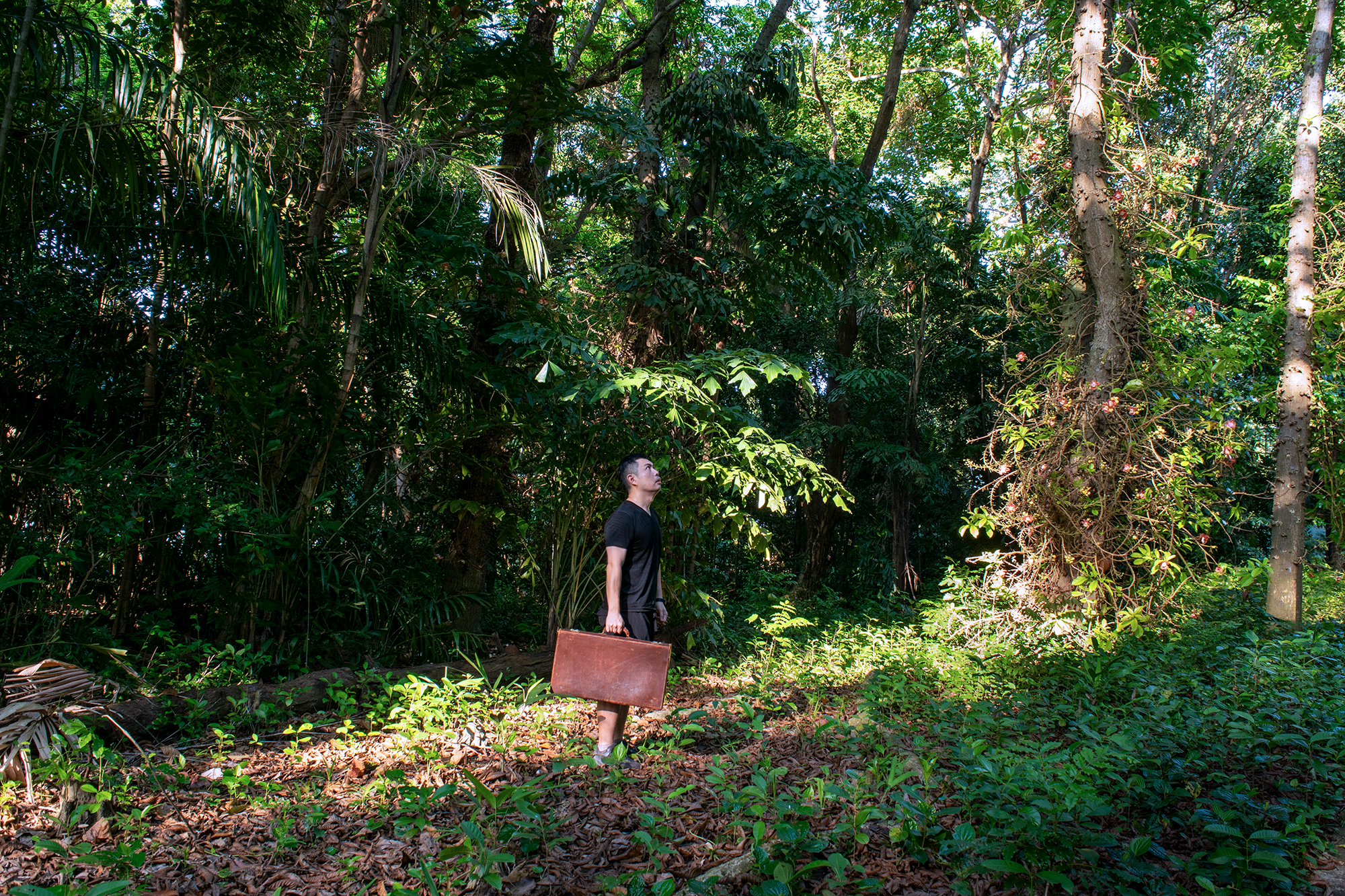— 5 Min Read —
Diego Repetto, Artist in Residence 2023
— 5 Min Read —
Diego Repetto, Artist in Residence 2023
“These landscapes of waters and reflections have become an obsession. It’s quiet beyond my powers at my age, and yet I want to succeed in expressing what I feel. ”
Claude Monet
The Museum of Contemporary Cuts (MoCC) in 2023 — as part of “Students as Researchers: Creative Practice and University Education,” a Collateral Event organized by the New York Institute of Technology, School of Architecture and Design, approved by Leslie Lokko, curator of the Venice Architecture Biennale 2023 — is hosting Diego Repetto as artist in residence from January to December 2023. The artist is one of a group of 12 international artists presenting a mobile exploration of the crisis of water. The curatorial project conceived by Lanfranco Aceti will be a long-term investigation into the elemental crisis of water, earth, wind, and fire. The artists will explore, according to their own personal aesthetic approaches and cultural underpinnings, the elemental crisis of water, its impact, and the consequences of the alterations of its mythologies and poetics. The curatorial brief, titled What If This Were The Case? – The Waters We Are In, is inspired by the meaning of ‘case’: building up a legal case as well as a case being a piece of luggage. The international sharing of knowledge, understanding, and interpretations of the current crises are paramount to resuscitate old mythologies and cultural postulates — or to develop new ones — truly inspired by communal structures of surviving, living, and possibly even thriving.
Artist’s Bio
Diego Repetto is an architect, artist, and landscape critic (https://www.diegorepetpetpetpet.it/). He exhibited at the international conference de-Sign Environment Landscape City in Genoa in 2017 and then at the Venice Biennale 2018 the new concepts of Land Lighting and Fifth Landscape (Quinto Paesaggio), identifying new approaches between art and architecture in the reimagining and redesigning of the landscape. He is engaged in the research and creation of new landscapes, aesthetically viable and socially conscious, and in the analysis of the perceptions of the landscape by potential stakeholders through methodologies of experiential art. He is a member of the Italian section of the International Association of Art Critics (AICA), the International Landscape Research Laboratory (CIRIAF SSTAM Università di Perugia), and the Ideal Space Working Group Foundation. In 2021 it was Advisory Board of the Italian Pavilion at the XVII International Architecture Exhibition of the Venice Biennale and international speaker for the Wenzhou Polytechnic.
From 2004 to today he has published several books, essays and acts of international conferences relating to art, design, architecture, and landscape and has held as a speaker, teacher, and tutors conferences, workshops and courses: e.g. at the Macro Museum of Contemporary Art in Rome or at the New York Institute of Technology (NYIT).
His works of art are preserved in the Museum of Contemporary Sacred Arte Daedalo Montali (Piedmont), in the Civic Gallery of Contemporary Art Franco Libertucci (Molise) and in the collection of Artists’ Drawings held at the Architecture Archive of the University of Genoa (Liguria).
Works of Art
Artist’s video

Artist’s Statement
I dream captivating artworks that stimulate the senses, combining various disciplines and collaborating with artists, architects, musicians, writers, performers, scientists, and researchers to create extraordinary experiences and perceptions. These artworks transport viewers through a realm akin to the enchanted Wonderland that Alice discovered when she stepped through the looking glass.
Influenced by a wide range of Italian and international contemporary artists, I explore the concept of spatial perception to redefine and rediscover opportunities to play a humane role in it. For instance, a floating mirror on a vast canvas painted in serene blue projects the surrounding space, propelling visitors beyond the event horizon, comparable to a “white hole” where spacetime distorts. Art becomes a gateway to new interpretations and new analyses.
Another approach involves transforming a mundane wall into a window that reveals the metamorphosis of a non-place into a space where human presence becomes the essential algorithm for comprehending that we are not merely occupying a place, but rather, we are the embodiment of space itself.
To quote the words of Buddhist philosopher and teacher Daisaku Ikeda, when we perceive the ordinary from fresh perspectives, we become capable of seeing the invisible, believing in the incredible, and receiving the seemingly impossible.

We will process the personal data you have supplied in accordance with our privacy policy.









